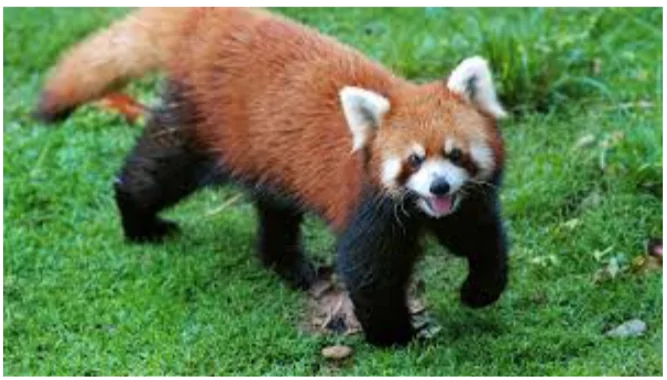The Red Panda Program of Darjeeling’s Padmaja Naidu Himalayan Zoological Park has been selected as a finalist for the prestigious World Association of Zoos and Aquariums (WAZA) Conservation Award 2024.
Reason for its selection
- Padmaja Naidu Himalayan Zoological Park has undertaken several habitat restoration initiatives between 2022 and 2024 nine captive-bred red pandas (seven females and two males) were released into Singalila National Park in West Bengal.
About Padmaja Naidu Himalayan Zoological Park
- Location: Darjeeling, West Bengal, India.
- Established: Founded in 1958, the zoo is situated at an altitude of 7,000 feet.
- Specialization: Breeding animals adapted to alpine conditions
- Notable Breeding Programs:
- Red Pandas
- Snow Leopards
- Himalayan Wolves
- Global Affiliation: The zoo is a member of the World Association of Zoos and Aquariums (WAZA), demonstrating its commitment to global conservation standards.
- Legacy: Named after Padmaja Naidu, the daughter of Sarojini Naidu, the zoo honors her contributions to Indian society.
Enroll now for UPSC Online Course
About Red Panda
- It is a small endangered mammal.
- Red pandas have dense reddish-brown fur, a black belly and legs, white-lined ears, a mostly white muzzle, and a ringed tail
 Scientific name: Ailurus fulgens
Scientific name: Ailurus fulgens- It is also known as the lesser panda.
- Conservation status: They are classified as
- Endangered (IUCN 3.1)
- listed in CITES Appendix I.
- Listed under Schedule I of the Indian Wildlife (Protection) Act, 1972
- It is the state animal of sikkim.
- It is found in India, Nepal, Bhutan, and the northern mountains of Myanmar and southern Chin
- In India, it is found in Sikkim, West Bengal, Meghalaya and Arunachal Pradesh
- Diet: Herbivores
- In India, both subspecies are found
- Himalayan red panda (Ailurus fulgens)
- Chinese red panda (Ailurus styani)
Conservation of Red panda in India (Key strategies)
- Preservation and Restoration of Natural Habitats
- Establishing protected regions and wildlife corridors
- Maintain ecological integrity and biodiversity
- Engage local communities in promoting sustainable land use.
Check Out UPSC CSE Books From PW Store
World Association of Zoos and Aquariums (WAZA)
- Global Alliance for Conservation: WAZA is a worldwide organization that brings together zoos, aquariums, and wildlife experts to protect animals and their habitats.
- Promoting Cooperation: WAZA encourages collaboration between zoos, aquariums, wildlife experts, universities, and regional associations to support animal care and conservation.
- Focus on Conservation: The organization helps manage species conservation and improve the care of animals in captivity.
- Ensuring High Standards: WAZA promotes the highest care and management standards among its member zoos and aquariums.
|
![]() 10 Oct 2024
10 Oct 2024
 Scientific name: Ailurus fulgens
Scientific name: Ailurus fulgens
